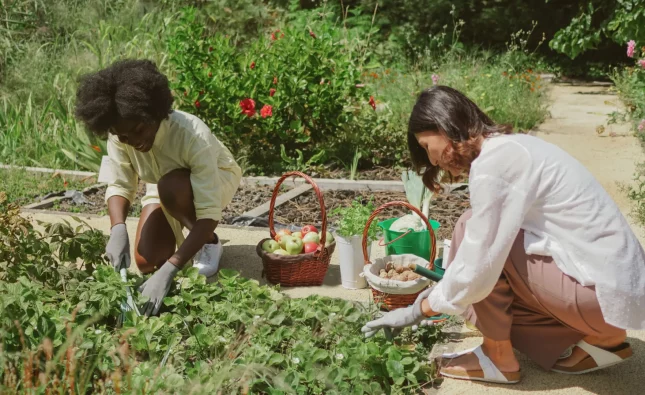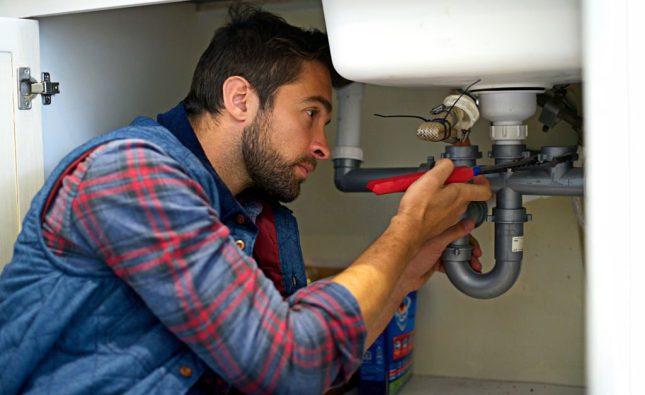
Watering and fertilizing are two essential components of plant care that can significantly impact the growth and health of your plants. Proper watering and fertilizing techniques can help your plants thrive, while improper techniques can lead to stunted growth, disease, and even death. In this article, we’ll explore some tips for watering and fertilizing your plants to ensure optimal growth.
Understanding Your Plant’s Watering Needs
The first step in proper watering is understanding your plant’s watering needs. Different plants have different water requirements, and factors such as soil type, humidity, and temperature can also impact how much water your plant needs. As a general rule, most plants prefer soil that is moist but not waterlogged. Overwatering can lead to root rot and other issues, while underwatering can cause wilting and stunted growth.
To determine when your plant needs water, you can perform a simple soil moisture test. Stick your finger about an inch into the soil. If the soil feels dry, it’s time to water. If the soil feels moist, wait a day or two before checking again. You can also use a moisture meter to measure the soil’s moisture level.
When watering your plants, it’s important to water deeply and thoroughly. This encourages the roots to grow deeper into the soil, which can help the plant better withstand drought conditions. Watering deeply also helps flush out any salts or other minerals that may have accumulated in the soil.
Fertilizing Your Plants
Fertilizing is another critical component of plant care. Fertilizers provide essential nutrients that plants need to grow, such as nitrogen, phosphorus, and potassium. However, it’s important to use the right type of fertilizer and to apply it correctly.
Before fertilizing, it’s a good idea to test your soil to determine its nutrient content. This can help you choose the right type of fertilizer and avoid over-fertilizing, which can lead to nutrient burn and other issues. You can purchase soil testing kits online or at your local garden center.
When choosing a fertilizer, look for one that is specifically formulated for your plant’s needs. For example, if you’re growing tomatoes, you’ll want a fertilizer that is high in phosphorus, which promotes fruit development. If you’re growing leafy greens, you’ll want a fertilizer that is high in nitrogen, which promotes leafy growth.
When applying fertilizer, it’s important to follow the manufacturer’s instructions carefully. Over-fertilizing can lead to nutrient burn and other issues, while under-fertilizing can result in stunted growth. It’s also a good idea to water your plants before and after fertilizing to help distribute the nutrients evenly throughout the soil.
Conclusion
Watering and fertilizing are two critical components of plant care that can significantly impact the growth and health of your plants. By understanding your plant’s watering needs and using the right type of fertilizer, you can help your plants thrive and produce a bountiful harvest. Remember to water deeply and thoroughly, fertilize according to your plant’s needs, and always follow the manufacturer’s instructions carefully. With these tips, you’ll be well on your way to growing healthy, vibrant plants.










